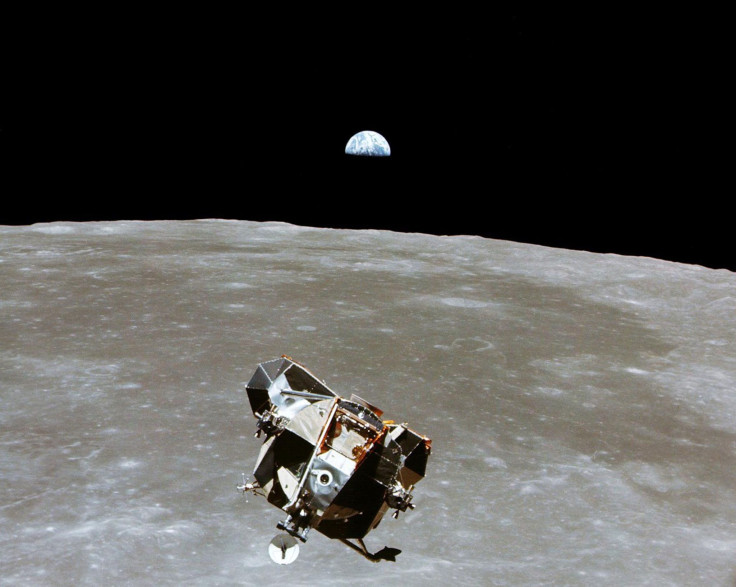Apollo Astronauts More Susceptible To Heart Disease Due To Deep-Space Radiation: Study

Apollo astronauts may have a higher susceptibility to heart diseases because of their exposure to deep-space radiation during their missions, a new study published Thursday has found.
NASA’s Apollo program made 11 space flights between 1968 and 1972. Six of these landed on the moon, including the one carrying Neil Armstrong and Edwin E. “Buzz” Aldrin. Ten other astronauts from the program also went on to walk on the lunar surface.
The latest study compares the cause of death for three categories of astronauts — 35 who never flew in space, 35 who only flew in low-Earth orbit and seven who had landed on the moon. Edgar Mitchell, a lunar astronaut who passed away last February, was not included in the study as his death came after the data was analyzed.
The Apollo lunar astronauts are different from those on other missions as they are the only humans to have traveled into deep-space, outside of the Earth’s geomagnetic field. They leave the Earth’s protective “magnetosphere” that causes galactic cosmic rays to detour around our planet.
“With deep-space radiation, really, the 24 Apollo astronauts that went to the moon are the only astronauts that have really been exposed to this, because all the others — cosmonauts and astronauts — have stayed in low-Earth orbit,” Michael Delp, a researcher at Florida State University and lead author of the new study, told Space.com.
The study found that the deaths due to heart diseases for the astronauts who never flew and the ones who stayed in low-Earth orbit were more or less equal but four to five times more common for Apollo astronauts. Of the seven studied, three died from cardiovascular diseases.
Apollo astronaut Ron Evans died of a heart attack in his sleep at the age of 56 in 1990. The following year, James Irwin died of a heart attack at the age of 61. In 2012, Neil Armstrong died after complications from a cardiovascular surgery. He was 82.
The researchers also tested mice exposed to both similar radiation and simulated weightlessness. While mice exposed to either phenomenon showed injury to blood vessels and arteries that could possibly lead to heart attacks and strokes, the damage in those exposed to both was more severe. However, six to seven months later — equivalent to 20 human years — only the ones exposed to radiation showed sustained harm to their blood vessels, Delp explained.
In response to the study’s findings, NBC News quoted NASA as saying: “It is not possible to determine whether cosmic ray radiation affected the Apollo astronauts. Limitations of the study include the small number of astronauts in the Apollo program and lifestyle factors that cannot be quantified — such as family genetics and diet.”
Delp held similar views as he said, “It doesn’t prove that radiation is doing it, but it’s indicating that we probably need to do more research and look at this more carefully than we have in the past.”
“It’s really the first step, or first glimpse, into how deep space may be affecting human health,” he reportedly added, calling for additional research on the matter. Delp also plans to collaborate with the Johnson Space Center to study the lunar astronauts’ medical history more coherently.
The study was published in the journal Scientific Reports.
© Copyright IBTimes 2025. All rights reserved.






















